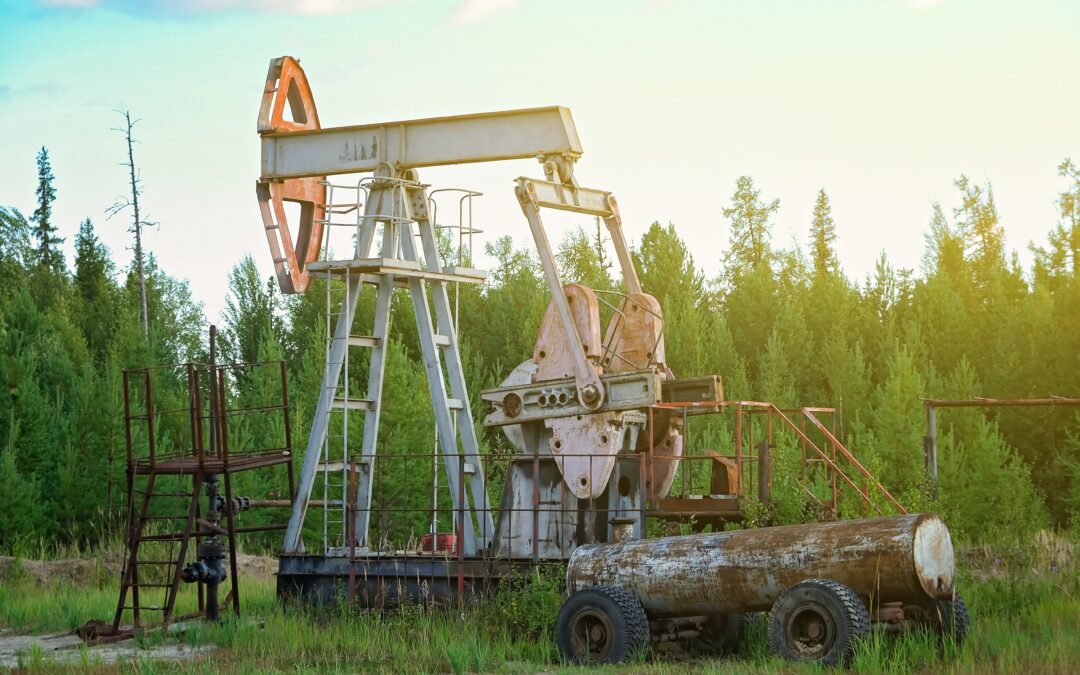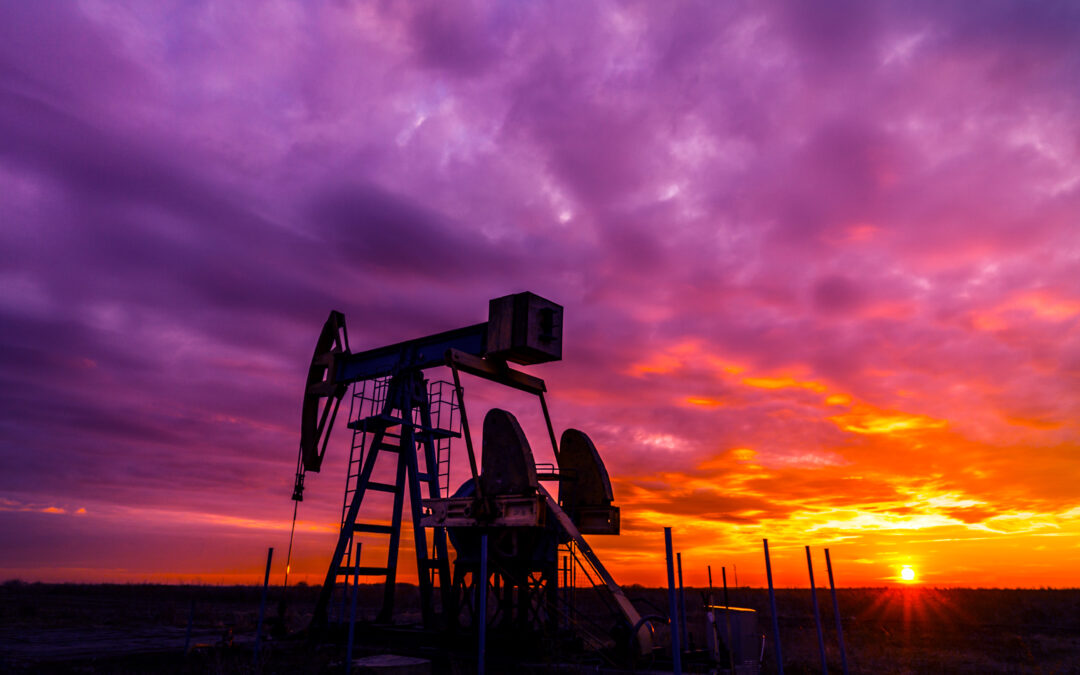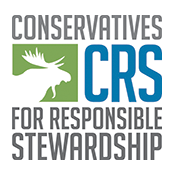 CRS Releases New Report Exposing the Massive Taxpayer Risks of Bonding Rollbacks Conservatives for Responsible Stewardship has released a new in-depth report, Unplugged: The High Cost of Bonding Reform Rollbacks, revealing how the Trump administration’s plan to weaken federal oil and gas bonding requirements could leave American taxpayers responsible for up to $753.5 billion in cleanup costs on public lands. This new analysis comes at a critical moment. Recent federal actions, especially provisions in the One Big Beautiful Bill Act, have opened more than 200 million acres of public lands to oil and gas development. Under these new policies, companies could potentially drill as many as 3.8 million new wells across the West. Yet the administration is also preparing to roll back the 2024 bonding reforms that were designed to ensure companies, not taxpayers, pay to plug and reclaim those wells. A Return to an Unfair, Outdated System For decades, inadequate bonding allowed irresponsible operators to walk away from their cleanup obligations, often by filing strategic bankruptcies or shifting ownership to shell companies. The Bureau of Land Management stepped in last year with long-overdue reforms, raising minimum bond amounts for the first time in more than sixty years, to protect taxpayers from exactly this kind of abuse. Rolling back those reforms now would return us to a system that has already failed taxpayers for generations. With bonds averaging just $1,707 per well, there is no realistic mechanism to cover the actual $35,000–$200,000 cost of plugging a modern well. The financial gap gets passed directly to communities and taxpayers. CRS President David Jenkins put it plainly: weakening bonding requirements “enables...
CRS Releases New Report Exposing the Massive Taxpayer Risks of Bonding Rollbacks Conservatives for Responsible Stewardship has released a new in-depth report, Unplugged: The High Cost of Bonding Reform Rollbacks, revealing how the Trump administration’s plan to weaken federal oil and gas bonding requirements could leave American taxpayers responsible for up to $753.5 billion in cleanup costs on public lands. This new analysis comes at a critical moment. Recent federal actions, especially provisions in the One Big Beautiful Bill Act, have opened more than 200 million acres of public lands to oil and gas development. Under these new policies, companies could potentially drill as many as 3.8 million new wells across the West. Yet the administration is also preparing to roll back the 2024 bonding reforms that were designed to ensure companies, not taxpayers, pay to plug and reclaim those wells. A Return to an Unfair, Outdated System For decades, inadequate bonding allowed irresponsible operators to walk away from their cleanup obligations, often by filing strategic bankruptcies or shifting ownership to shell companies. The Bureau of Land Management stepped in last year with long-overdue reforms, raising minimum bond amounts for the first time in more than sixty years, to protect taxpayers from exactly this kind of abuse. Rolling back those reforms now would return us to a system that has already failed taxpayers for generations. With bonds averaging just $1,707 per well, there is no realistic mechanism to cover the actual $35,000–$200,000 cost of plugging a modern well. The financial gap gets passed directly to communities and taxpayers. CRS President David Jenkins put it plainly: weakening bonding requirements “enables...
 Open...
Ratepayer Revolt Report Open...
Open...
Ratepayer Revolt Report Open...
 One of the first moves President Trump made in his second term was to declare a “National Energy Emergency.” This executive order leans heavily on the claim that the previous administration shut down U.S. fossil fuel production and left America dependent on foreign energy. But that narrative simply isn’t true. In reality, over the past four years, U.S. crude oil production soared to a record-breaking 13 million barrels per day — the highest ever, surpassing even Saudi Arabia. Natural gas production is also at an all-time high, with the U.S. leading the world by producing 41.2 million cubic feet in 2023 alone. So why declare an energy emergency when the country is producing more energy than ever? This move takes us into a confusing and dangerous place where “up” is “down” and “shortage” means “abundance.” The consequences of this declaration are unfolding quickly. The Department of Interior has announced new permitting rules that aim to sidestep key environmental protections, like the Endangered Species Act and the National Environmental Policy Act. Public lands—places many Americans treasure for outdoor activities like hunting, fishing, and hiking—are suddenly up for grabs for more oil and gas drilling. Beyond public lands, this order could even threaten private property rights by encouraging federal agencies to use eminent domain to force landowners to give up property for energy development. At a time when U.S. oil production is at historic highs and oil companies are already profiting handsomely, this raises serious concerns about fairness and property rights. But the bigger issue is this: Energy markets don’t respond to political orders. They respond to geology and economics. U.S....
One of the first moves President Trump made in his second term was to declare a “National Energy Emergency.” This executive order leans heavily on the claim that the previous administration shut down U.S. fossil fuel production and left America dependent on foreign energy. But that narrative simply isn’t true. In reality, over the past four years, U.S. crude oil production soared to a record-breaking 13 million barrels per day — the highest ever, surpassing even Saudi Arabia. Natural gas production is also at an all-time high, with the U.S. leading the world by producing 41.2 million cubic feet in 2023 alone. So why declare an energy emergency when the country is producing more energy than ever? This move takes us into a confusing and dangerous place where “up” is “down” and “shortage” means “abundance.” The consequences of this declaration are unfolding quickly. The Department of Interior has announced new permitting rules that aim to sidestep key environmental protections, like the Endangered Species Act and the National Environmental Policy Act. Public lands—places many Americans treasure for outdoor activities like hunting, fishing, and hiking—are suddenly up for grabs for more oil and gas drilling. Beyond public lands, this order could even threaten private property rights by encouraging federal agencies to use eminent domain to force landowners to give up property for energy development. At a time when U.S. oil production is at historic highs and oil companies are already profiting handsomely, this raises serious concerns about fairness and property rights. But the bigger issue is this: Energy markets don’t respond to political orders. They respond to geology and economics. U.S....
 How Reducing Methane Emissions is Fueling Jobs and Innovation At Conservatives for Responsible Stewardship (CRS), we are firm believers in the old adage: waste not, want not. To that end, we have been advocating for standards that reduce the amount of natural gas (methane) we lose through leaks, shoddy maintenance, unnecessary flaring, etc. And as we work to reduce methane waste and pollution, we are witnessing just how conservation and economic prosperity go hand in hand. Not only does this work conserve a valuable energy resource, but it is spurring job growth and economic opportunity. A new analysis by Datu Research shows just how a costly waste problem has spawned a growing industry that is creating jobs, strengthening local economies, and reducing natural gas waste. This ensures that our energy production is cleaner and more efficient. A Booming Industry The methane mitigation industry is rapidly expanding, creating high-quality jobs and driving innovation in emissions-reducing technology. This growth isn’t accidental—it’s fueled by smart policies that provide regulatory certainty, allowing businesses to develop cost-effective solutions. States like Texas, California, and Colorado are leading the way, demonstrating that environmental responsibility and economic opportunity go hand in hand. Datu Research’s latest findings highlight the rapid expansion of methane mitigation: • The number of methane mitigation firms has jumped 23.7% since 2021, reaching 268 companies. • Employee locations have grown by 39%, totaling 1,040 nationwide. • Texas is the industry’s epicenter, home to 291 company locations—28% of the national total. • California and Colorado remain at the forefront of innovation, with 87 and 74 locations, respectively. • Leak detection and measurement technology leads the...
How Reducing Methane Emissions is Fueling Jobs and Innovation At Conservatives for Responsible Stewardship (CRS), we are firm believers in the old adage: waste not, want not. To that end, we have been advocating for standards that reduce the amount of natural gas (methane) we lose through leaks, shoddy maintenance, unnecessary flaring, etc. And as we work to reduce methane waste and pollution, we are witnessing just how conservation and economic prosperity go hand in hand. Not only does this work conserve a valuable energy resource, but it is spurring job growth and economic opportunity. A new analysis by Datu Research shows just how a costly waste problem has spawned a growing industry that is creating jobs, strengthening local economies, and reducing natural gas waste. This ensures that our energy production is cleaner and more efficient. A Booming Industry The methane mitigation industry is rapidly expanding, creating high-quality jobs and driving innovation in emissions-reducing technology. This growth isn’t accidental—it’s fueled by smart policies that provide regulatory certainty, allowing businesses to develop cost-effective solutions. States like Texas, California, and Colorado are leading the way, demonstrating that environmental responsibility and economic opportunity go hand in hand. Datu Research’s latest findings highlight the rapid expansion of methane mitigation: • The number of methane mitigation firms has jumped 23.7% since 2021, reaching 268 companies. • Employee locations have grown by 39%, totaling 1,040 nationwide. • Texas is the industry’s epicenter, home to 291 company locations—28% of the national total. • California and Colorado remain at the forefront of innovation, with 87 and 74 locations, respectively. • Leak detection and measurement technology leads the...







